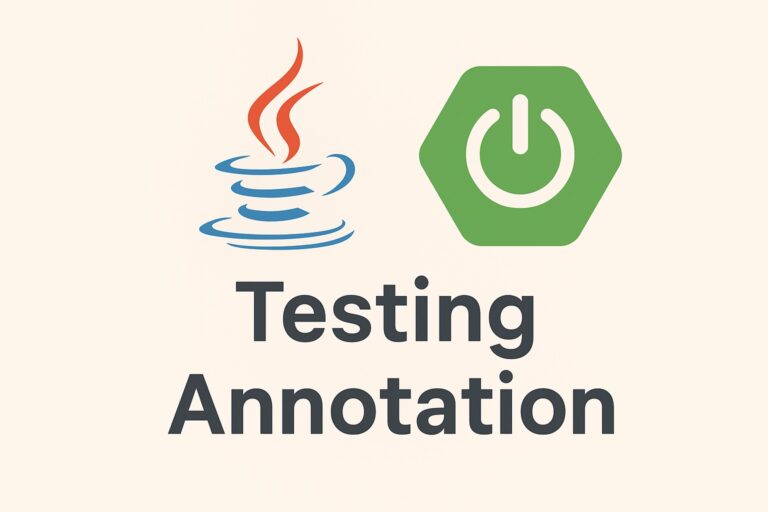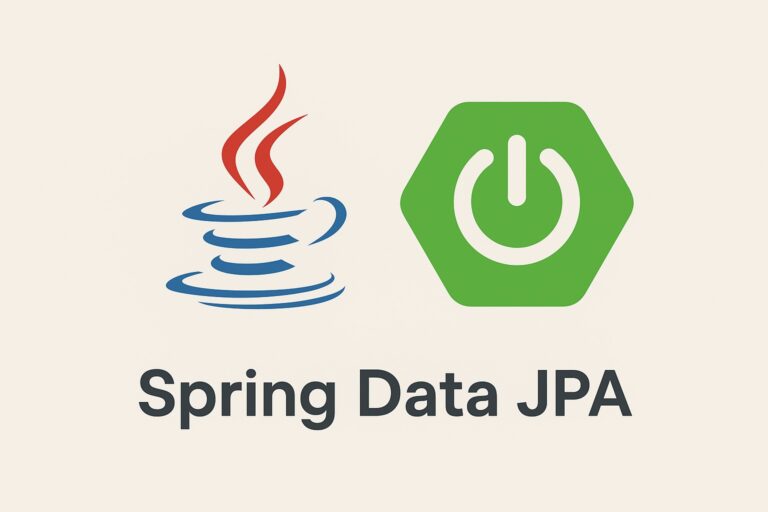Java 8 introduced Type Annotations, a powerful feature that expands the scope of annotations in Java programming. Previously, annotations could only be applied to declarations (such as classes, methods, and fields). With Java 8, annotations can now be used in type contexts, enabling more sophisticated use cases like error detection, runtime checks, or enhanced code analysis tools.
This article explores type annotations, their use cases, and practical examples to help you leverage this feature effectively.
What Are Type Annotations?
Type Annotations allow developers to annotate types anywhere they are used, such as in:
- Variable declarations
- Generic type parameters
- Method return types
- Casts
- Throws clauses
This feature is particularly useful for frameworks, tools, and compilers that rely on annotations for static analysis, validation, or runtime checks.
To enable type annotations, Java 8 introduced the @Target annotation element value TYPE_USE, which can be used to mark annotations applicable to type contexts.
Defining Type Annotations
To create a type annotation, use the @Target annotation with the ElementType.TYPE_USE value:
import java.lang.annotation.ElementType;
import java.lang.annotation.Target;
@Target(ElementType.TYPE_USE)
public @interface NonNull {}
The @NonNull annotation can now be applied to any type, signaling that the annotated type should never be null.
Examples of Type Annotations
1. Variable Declaration
Type annotations can be applied directly to variables to specify constraints:
@NonNull String name = "Alice"; // Ensures 'name' is never null
2. Method Return Type
Annotations on method return types can help ensure compliance with rules:
public @NonNull String getName() {
return "Alice";
}
3. Parameters in Methods
Apply annotations to method parameters:
public void greet(@NonNull String name) {
System.out.println("Hello, " + name);
}
4. Generic Types
Type annotations can also be used with generics:
Map<@NonNull String, @NonNull String> dictionary = new HashMap<>();
5. Type Casts
Annotations can be applied during type casting:
String value = (@NonNull String) someObject;
6. Throws Clauses
Annotations can be included in throws clauses:
public void process() throws @NonNull IOException {
// Method logic
}
Building Custom Validation with Type Annotations
Type annotations are ideal for building static analysis tools and frameworks that enforce certain conditions. For instance, you could integrate @NonNull with a framework to check for nullability at compile-time.
Here’s an example of how a simple tool can be designed to check null values:
Validation Framework
import java.lang.annotation.ElementType;
import java.lang.annotation.Target;
import java.lang.reflect.Field;
@Target(ElementType.TYPE_USE)
@interface NonNull {}
class Validator {
public static void validate(Object obj) throws IllegalAccessException {
for (Field field : obj.getClass().getDeclaredFields()) {
field.setAccessible(true);
if (field.isAnnotationPresent(NonNull.class) && field.get(obj) == null) {
throw new RuntimeException(
field.getName() + " should not be null."
);
}
}
}
}
class User {
@NonNull String name;
User(String name) {
this.name = name;
}
}
Usage
public class Main {
public static void main(String[] args) {
try {
User user = new User(null); // Invalid usage
Validator.validate(user);
} catch (RuntimeException | IllegalAccessException e) {
System.out.println(e.getMessage());
}
}
}
This example shows how type annotations, paired with reflection, can enforce validation rules dynamically.
Benefits of Type Annotations
- Enhanced Static Analysis: Tools can use type annotations to perform compile-time checks, ensuring code quality.
- Improved Runtime Validation: Type annotations enable the creation of robust validation frameworks.
- Better Documentation: Annotated code is self-documenting and expresses constraints or intentions clearly.
- Seamless Integration: Type annotations work well with existing Java features, like generics and throws clauses.
Conclusion
Type Annotations in Java 8 open new possibilities for creating safer, more expressive, and easier-to-maintain code. By extending the scope of annotations to type contexts, developers can enforce rules, improve readability, and build powerful tools for code analysis and validation.



